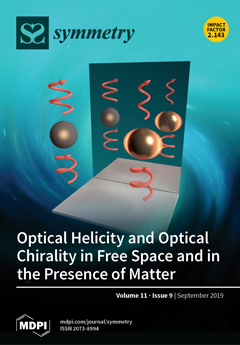Overloaded vehicles such as large cargo trucks tend to cause large traffic accidents. Such traffic accidents often bring high mortality rates, including injuries and deaths, and cause fatal damage to road structures such as roads and bridges. Therefore, there is a vicious circle
[...] Read more.
Overloaded vehicles such as large cargo trucks tend to cause large traffic accidents. Such traffic accidents often bring high mortality rates, including injuries and deaths, and cause fatal damage to road structures such as roads and bridges. Therefore, there is a vicious circle in which a lot of the budgets is spent for accident restoration and road maintenance. It is important to control overloaded vehicles that are around roads in urban areas. However, it often takes a lot of manpower to track down on overloaded vehicles at appropriate interception points during a specific time. Moreover, the drivers tend to avoid interception by bypassing the interception point, while exchanging interception information with each other. In this work, the main bridges in a city are chosen as the interception point. Since installing vehicle-weighing devices on the road surface is expensive and the devices cause frequent faults after the installation, inexpensive general-purpose Internet of Things (IoT) sensors, such as acceleration and gyroscope sensors, are installed on the bridges. First, assuming that the sensing value of the overloaded vehicle is different from the nonoverloaded vehicle, we investigate the difference in the sensed values between the overloaded and nonoverloaded vehicles. Then, based on the hypothesis, we propose a new method to identify prime time zones with overloaded vehicles. Technically, the proposed method comprises two steps. In the first step, we propose a new bridge traffic classification model using Bidirectional Long Short-Term Memory (Bi–LSTM) that automatically classifies time series data to either high or low traffic condition. The Bi–LSTM model has higher accuracy than existing neural network models because it has a symmetric neural network structure, by which input information can be processed in forward and backward directions. In the second step, we propose a new method of automatically identifying top-
k time zones with many overloaded vehicles under the high traffic condition. It first uses the
k-Nearest Neighbor (NN) algorithm to find the sensing value, most similar to the actual sensing value of the overloaded vehicle, in the high traffic cluster. According to the experimental results, there is a high difference of the sensing values between the overloaded and the nonoverloaded vehicle, through statistical verification. Also, the accuracy of the proposed method in the first step is ~75%, and the top-
k time zones in which overloaded vehicles are crowded are identified automatically.
Full article





